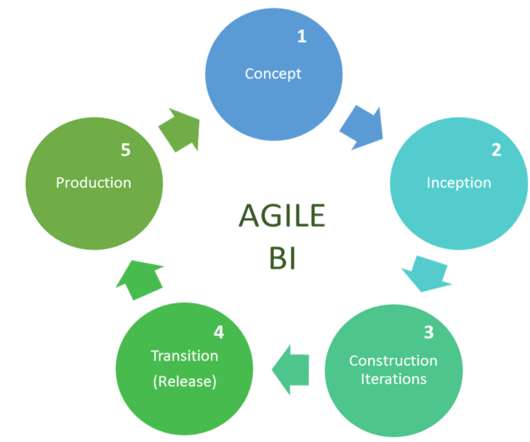What is ITIL? Your guide to the IT Infrastructure Library
CIO Business Intelligence
MAY 16, 2022
ITIL’s systematic approach to IT service management (ITSM) can help businesses manage risk, strengthen customer relations, establish cost-effective practices, and build a stable IT environment that allows for growth, scale, and change. In 2011, another update — dubbed ITIL 2011 — was published under the Cabinet Office.














Let's personalize your content